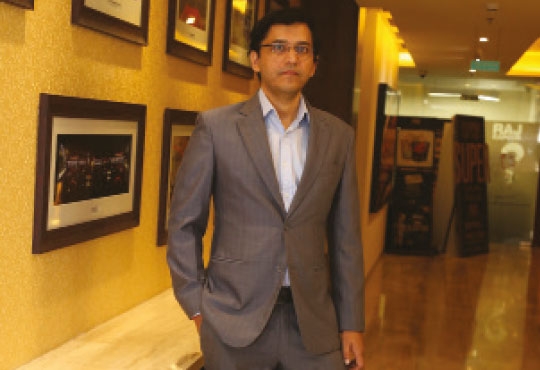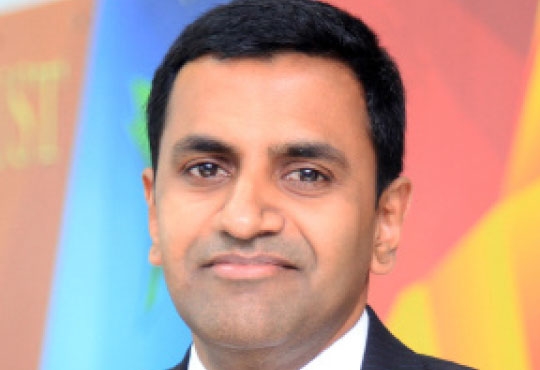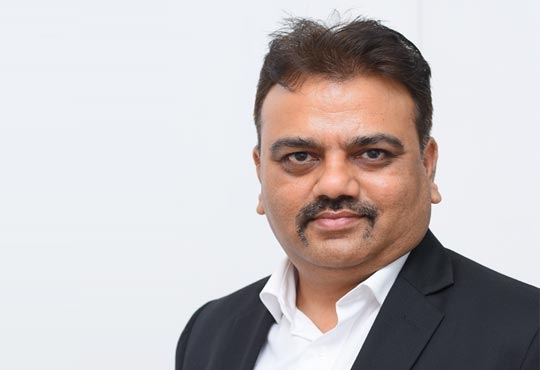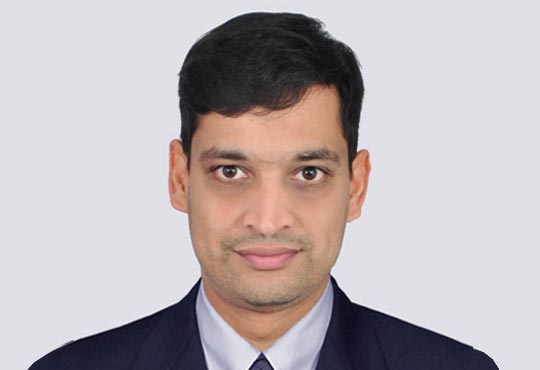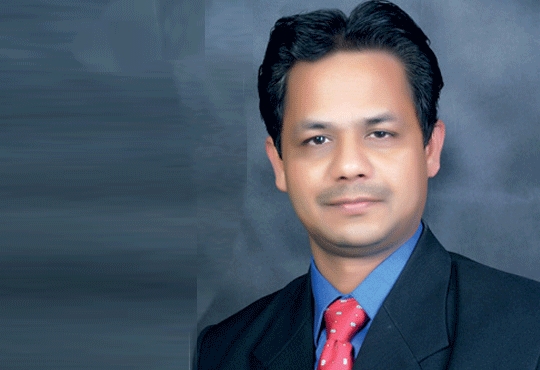
Initiating a change by ameliorating Infrastructure in various sectors
Rajiv Sharaf, CIO, Reliance Infrastructure Limited | Friday, 10 June 2016, 05:47 IST
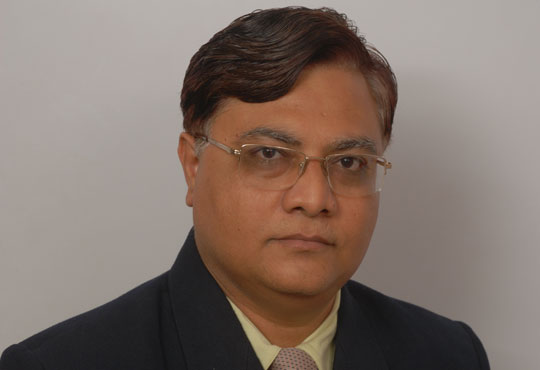 Indian government has taken many initiatives in past 4-5 years to develop the entire infrastructure and utility sector that has increased the public and private participation so that the private companies can bring their Subject Matter Expertise in process automation so as to improve and achieve the operational and financial excellence of this sector.
Indian government has taken many initiatives in past 4-5 years to develop the entire infrastructure and utility sector that has increased the public and private participation so that the private companies can bring their Subject Matter Expertise in process automation so as to improve and achieve the operational and financial excellence of this sector.
Presently most of the state owned power distribution companies are bleeding due to higher AT&C losses, subsidy provided to economically backward class, farmers etc. To overcome this issue, GOI has initiated many programs under R-APDRP program to automate and deploy state of the art IT systems, improve the performance of metering by deploying Smart metering and Smart Grid.
Recently, GOI has initiated a prestigious program to automate 100 cities of India via Smart City program, thus bringing and percolating the fruits of automation and transparency till the grass root level. Most of the infrastructure companies have welcomed and reciprocated positively to the government initiative by participating in this business opportunity.
Swachh Bharat movement, an initiative by Indian Government, has acted as a guiding principle for all the Indian citizens and corporate to ensure that all the waste is recycled and reused.
Most of the infrastructure companies have implemented Environment Management System (EMS) and has set a defined and uniform eco-friendly process to ensure that all the paper waste is recycled; ensure that food and water wastage is at the minimum level by carrying out internal awareness programs.
Besides, technology has played a vital role in creating the awareness among the employees by displaying the sign boards through digital signage system, screens of desktop/laptops etc, for effective usage of Public Address System (PAC) in order to create awareness and CCTV monitoring to ensure that the employees adhere to the principles of cleanliness.
The companies have deployed solar panels, solar water heaters to cater to their internal power consumption and other requirements.
Construction is one of the most labor intensive sectors of our country. Irrespective of the country it is also one of the most vulnerable and accident prone sector across the globe.
Communication technology like walkie-talkie is extensively used to communicate with the ground staff to apprise them the high-rise situation and any forth coming challenges while carrying out their work.
CCTV surveillance has helped in centrally monitoring the site conditions and ensuring that the employees follow the safety precautions as laid down by the respective organization.
RFID tags can be issued to the employees to ascertain the exact number of employees present on site.
Moreover, Irrigation infrastructure has also undergone a sea change in past 50 years with the increase of land under cultivation, severe scarcity of water and drought like situation for prolonged duration in particular areas. Farmers have implemented multiple technologies like sprinklers, drip irrigation (thibak sinchan), piped water directly to their farmlands; bore wells etc for optimum utilization of water.
Farming is a labor and capital intensive sector. Despite of good harvest the farmers are not able to reap the benefits as various equipment required for harvesting/crushing of farm produce are quite expensive and out of reach of the ordinary farmers. As the sector is labor intensive getting the right labor at the right time is also a challenge leading to failure of getting the farm produce at the right time in the market.
In near future, water is visualized to become scarce due to drop in water levels across the country as there is no legislation on the number and depth of bore wells. Water management through rain water harvesting, river water management, reclaimed water and desalination of sea water are some of the innovative ways to solve the irrigation related issues. Piping is one of the most complex systems and throws gamut of challenges while constructing a hydroelectric power plant. Technology is available with 3D views and printing which can be used for construction of hydro-electric power plants. 3D drawing helps in better understanding of piping architecture, their placement and possible collision points. 3D technology has helped in providing a walkthrough of the entire system.
Various technologies like simulators are used to understand the environmental impact on the expansion and contraction of equipment deployed at the power plant.
So as the government is taking various prestigious automation programs, there is also a need to ensure that the officials handling such prestigious projects also undergo Change Management to achieve the desired output.
CIO Viewpoint
Technology changing landscape of Media and...
By Kailash B Gupta, Chief Financial Officer and VP, Inox Leisure Limited
How Digital and AI is re-defining customer...
By Rajat Tyagi, CIO & Digital Business Head, PVR
Need of Information Security in Today's World
By Sriram Naganathan, President – IT & Digital Initiatives, Liberty Videocon General Insurance Company
CXO Insights
Post-Pandemic Marketing: Why Omnichannel...
By Harsha Solanki, Managing Director-India, Infobip
The Future Of The Workplace Design And The...
By Vipin Pungalia, Director - Professional Segment, Sennheiser India
Taking Businesses To The Next Level By...



.jpg)
.jpg)

